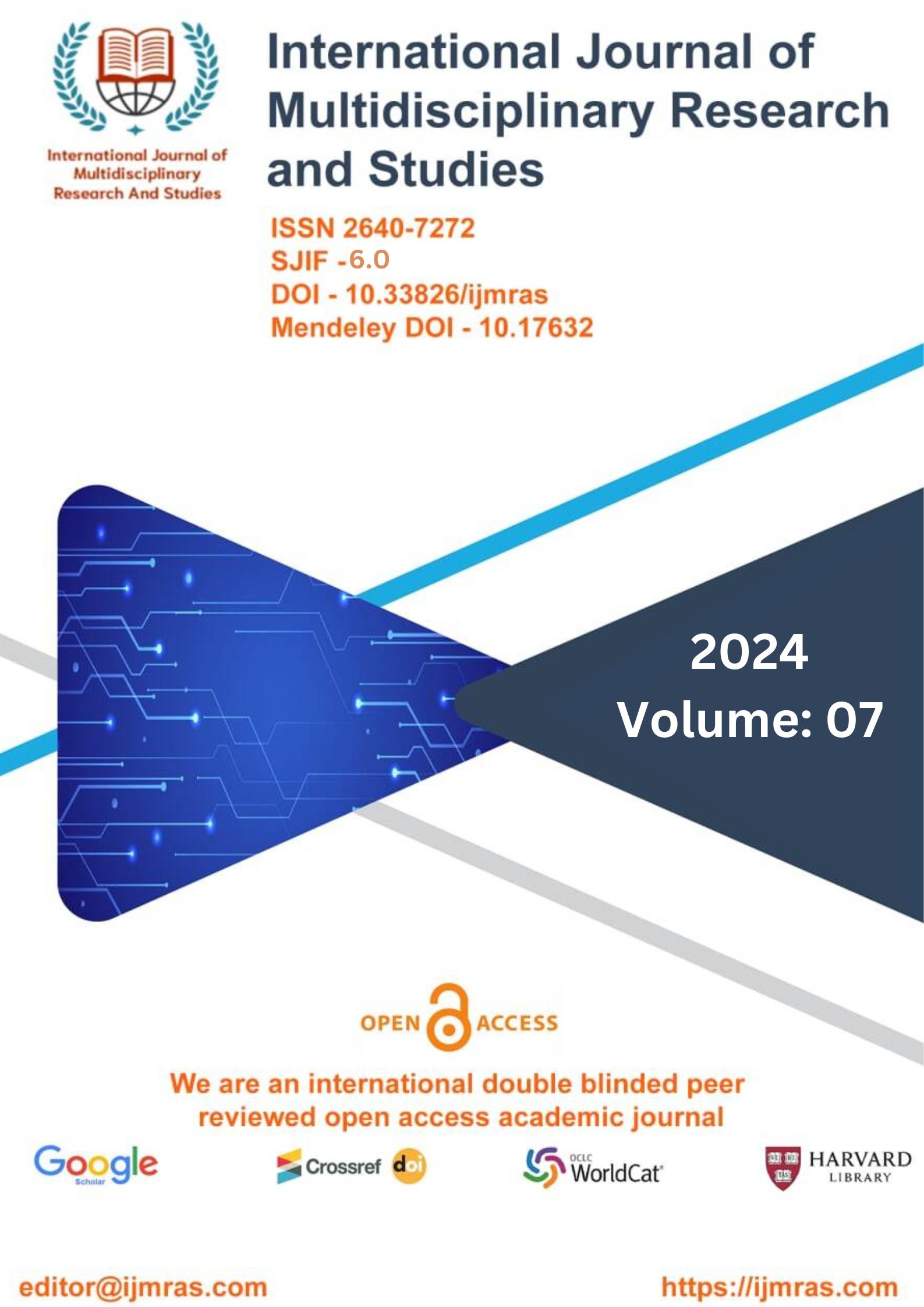Development and evaluation of sustain release matrix tablet of metformin by using different polymer and comparison with marketed formulation

Abstract
This study was to develop and evaluate the sustain release matrix tablet of metformin by using different polymers and comparison with marked formulation. Sustained release dosage forms are designed to achieve a prolonged therapeutic effect by continuously releasing medication over an extended period of time after administration of a single dose. Sustained release dosage forms are prepared by coating the tablets so that the rate of solubility is controlled or individually encapsulating microparticles of varying sizes so that the rate of dissolution can be controlled. The release rate of Metformin from tablets was determined using USP Dissolution Testing Apparatus II and the data was analyzed using the zero-order graph of F3 formulation showing the constant drug release from the formulation. The Higuchi model is used to describe the limits for transport and drug release. Matrix tablets of Metformin were prepared by direct compression technique using varying proportions of polymers in combination with HPMC K-100, Eudragit RLPO, and other excipients like MCC, PVP, Talc, and Mg stearate. All the prepared tablets were evaluated for the test like hardness, friability, weight variation, disintegration time, drug content, and dissolution studies. Sustained-release tablets of Metformin have been successfully formulated using HPMC and Eudragit RLPO as drug-release modifiers.
Keywords
Metformin, Eudragit RLPO, Sustain release, HPMCHow to Cite
References
Ratnaparkhi MP, Gupta Jyoti P. Sustained Release Oral Drug Delivery System - An Overview. International Journal of Pharma Research & Review, 2013; 2(3): 11-21.
Roselet, S. L., & Kumari, J. P. (2020). An investigation on host-guest complexation of Metformin hydrochloride with hydroxypropyl-α-cyclodextrin for enhanced oral bioavailability. Materials Today: Proceedings, 21, 514-518.
Glossmann, H. H., & Lutz, O. M. (2019). Pharmacology of metformin–an update. European journal of pharmacology, 865, 172782.
Alhalmi, A., Altowairi, M., Saeed, O., Alzubaidi, N., Almoiliqy, M., & Abdulmalik, W. (2018). Sustained release matrix system: an overview. World J Pharm Pharm Sci, 7(6), 1470-86.
Chavan, J., Mantry, S., Dama, G., & Bidkar, S. (2020). Review On Effervescent Tablet Used For Anti-Hyperkalemia.
Biswas, N. (2017). Modified mesoporous silica nanoparticles for enhancing oral bioavailability and antihypertensive activity of poorly water-soluble valsartan. European Journal of Pharmaceutical Sciences, 99, 152-160.
Shanta, S. R. (2016). Determination of variation in flow property of different formulas of polyethylene Glycol along with Amlodipine and Propranolol (Doctoral dissertation, East West University).
Jain, N., &Verma, A. (2020). Preformulation studies of pilocarpine hydrochloride as niosomal gels for ocular drug delivery. Asian Journal of Pharmaceutical and Clinical Research, 149-155.
Chowk, M. I. (2020). Preformulation study of terbinafine for novel drug delivery system formulation. Pharmaceutical development and technology, 14(3), 252-369.
Kumbhar, S. C., &Salunkhe, V. R. (2013). UV Spectrophotometric Method development for CapecitabineEudragit and Chitosan based Microspheres and its Validation. Indian Journal of Pharmaceutical and Biological Research, 1(03), 32-38.
Behera, S., Ghanty, S., Ahmad, F., Santra, S., & Banerjee, S. (2012). UV-visible spectrophotometric method development and validation of assay of paracetamol tablet formulation. J Anal Bioanal Techniques, 3(6), 151-7.
Mishra, N., Alagusundaram, M., Sinha, A., Jain, A. V., Kenia, H., Mandal, S., & Sharma, M. (2024). Analytical Method, Development and Validation for Evaluating Repaglinide Efficacy in Type Ii Diabetes Mellitus Management: a Pharmaceutical Perspective. Community Practitioner, 21(2), 29-37.
License
Copyright (c) 2024 SHASHI KALA MEENA, SATKAR PRASAD, REENA YADAV

This work is licensed under a Creative Commons Attribution 4.0 International License.
Individual articles are published Open Access under the Creative Commons Licence: CC-BY 4.0.



